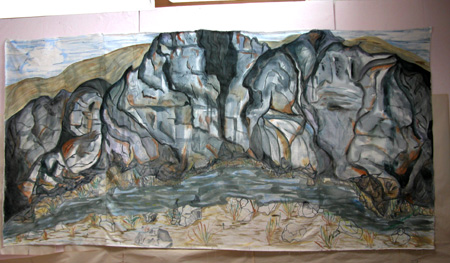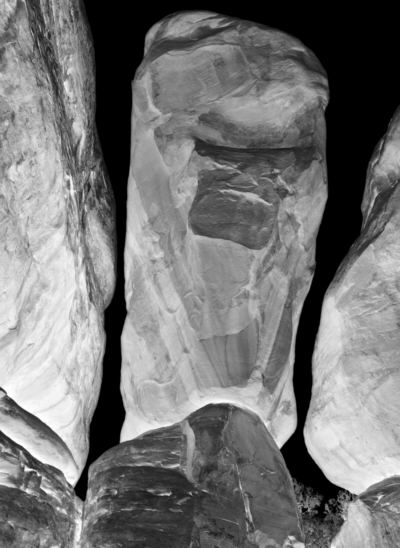“A photographer is like a cod, which produces a million eggs in order that one may reach maturity.”
–George Bernard Shaw
Photographers are a profligate, wasteful bunch. Maybe not those 4×5 guys, where it takes so much effort to decide to take one picture, but I’m a 35mm guy. I don’t understand large format; it’s a different animal entirely. For me the singular unit is the roll, not the frame. I learned my craft in the era of roll-it-yourself film in reusable cassettes. I found my voice by photographing over, and over, and over again, until I figured it out, in a manner that made it affordable.
I have structured my entire creative process around this unique feature of the photographic process. I shoot in order to find out what it is that is compelling to me. The actual act of operating a camera is how I access the state of consciousness from which my photographs emerge. The more complex the environment I am working in, the more that I can depend on my unconscious mind to find the coherent, complete image.
An aside: In the digital realm, the last barriers to restraint when shooting are pretty much history. Unless you give into temptation, and watch the LCD screen. Seeing your pictures while you’re shooting them is a sure way to interrupt and defeat the process of deepening a connection with the moment. The editing brain is a different one than the shooting brain. It defeats the point to mix them up.
When I’m shooting I don’t know where in the process I’ve “got it”. But I do know when I’m done. Somewhere in there, while I was in that altered state of consciousness, I can sense that it happened. Where precisely, I don’t know. I have to figure that out later.
That “later” process doesn’t get enough attention. Somehow you have to decide which egg you’re going to allow to hatch. It requires a degree of removal from the act of conception, to witness and judge the work for the formal qualities that exist only in the image, and not in your memory of the moment. Henry Wessel, a photo hero of mine, takes it to an extreme unmanageable for most of us. He waits a year to review his work before deciding what to print.
Back in the darkroom days, I’d scan my contact sheets to see which images had some promise, and I’d make work prints. I’d post the prints in the kitchen on a big bulletin board for a few days. It’s one thing to study and consider the work—it’s another to see them in your peripheral vision without knowing you’re looking at them. I’d gradually weed out the prints that were starting to bore me, until there were one or two survivors. These were what I would work on deeper, in the darkroom, to see what potential they held.
I’m still working on the best way to bring this editing process into the digital age. For most of my output my only encounter with the image is on a computer screen. It is not a friendly environment for either a considered, or an unconscious judgement process. Sometimes I’ll go through the effort of making work prints, just like the old days, but it’s harder. It feels removed from something intrinsic to the digital process, and I haven’t found the analogous replacement for the editing mode. I’ll report again in six months and tell you what I’ve figured out.







